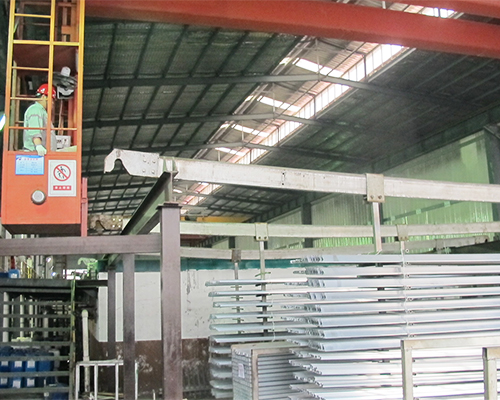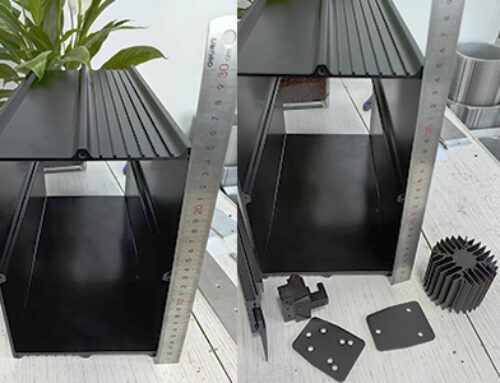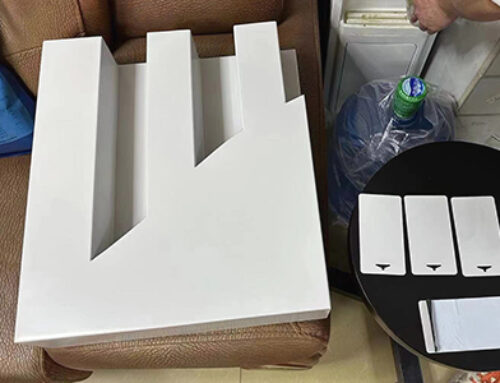Project Description


Anodising
Anodising, or anodic oxidation, is an electrolytic process that deposits a chemically stable oxide layer on the surface of the aluminium. The resultant oxide film is thicker and stronger than aluminium’s natural oxide covering. It is hard, porous, transparent and is an integral part of the metal surface so it will not peel or flake off. Once deposited, the oxide film can then be coloured in a number of ways before it is sealed.
Film thicknesses are graded and vary from 5 microns to 25 microns with the grade specification depending on the application. Decorative trim applications often use a 5-micron thickness, with 10 or 15 microns for interior applications. Exterior finishes require a 25-micron film thickness.
Anodising is suitable for extruded, cast, rolled, drawn and forged aluminium products.
Process Sequence
The process starts with chemical cleaning and etching. This gives the surface of the aluminium a matt finish which is seen through the anodic film.
The anodic film is created by immersing the aluminium in a bath of dilute sulphuric acid and passing a current between the aluminium, which acts as the anode, and a cathode. The current is approximately 6000 amps at 20 volts.
As the film is porous and transparent, it can be coloured electrolytically or with organic dyes. Finally the surface is sealed by controlled hydration in boiling water.
Colour Creation
All anodised surfaces have a satin matt appearance unless chemical brightening or mechanical pretreatment has taken place.
Natural – This is a clear, transparent anodised film which shows the silver lustre of the underlying metal. It is achieved by omitting the colouring stage in the process sequence and going straight to sealing from anodising.
Electrocolour – This results in a range of colours from light bronze to black. It is achieved by depositing cobalt or tin at the base of pores in the anodic film. The colour is produced by an optical effect, for example, cobalt absorbs the blue element of the light falling on the surface, resulting in a bronze hue being reflected. As the colouration is obtained through optical effects dependent on atomic particle size, it is totally fade-free.
Interference – This gives a spectrum of colours of which steel blue-grey is the most practical. It is the result of light interference caused by nickel in the base of enlarged pores in the anodic film. Again, as the colour is the result of optical effects dependent on particle size, it is totally fade-free.
Combination – A wide range of blues, reds, turquoises, greens and oranges can be achieved by combining Electrocolour bronze shades with lightfast organic dyes. Combination colouring is fade-resistant rather than totally fade free.



